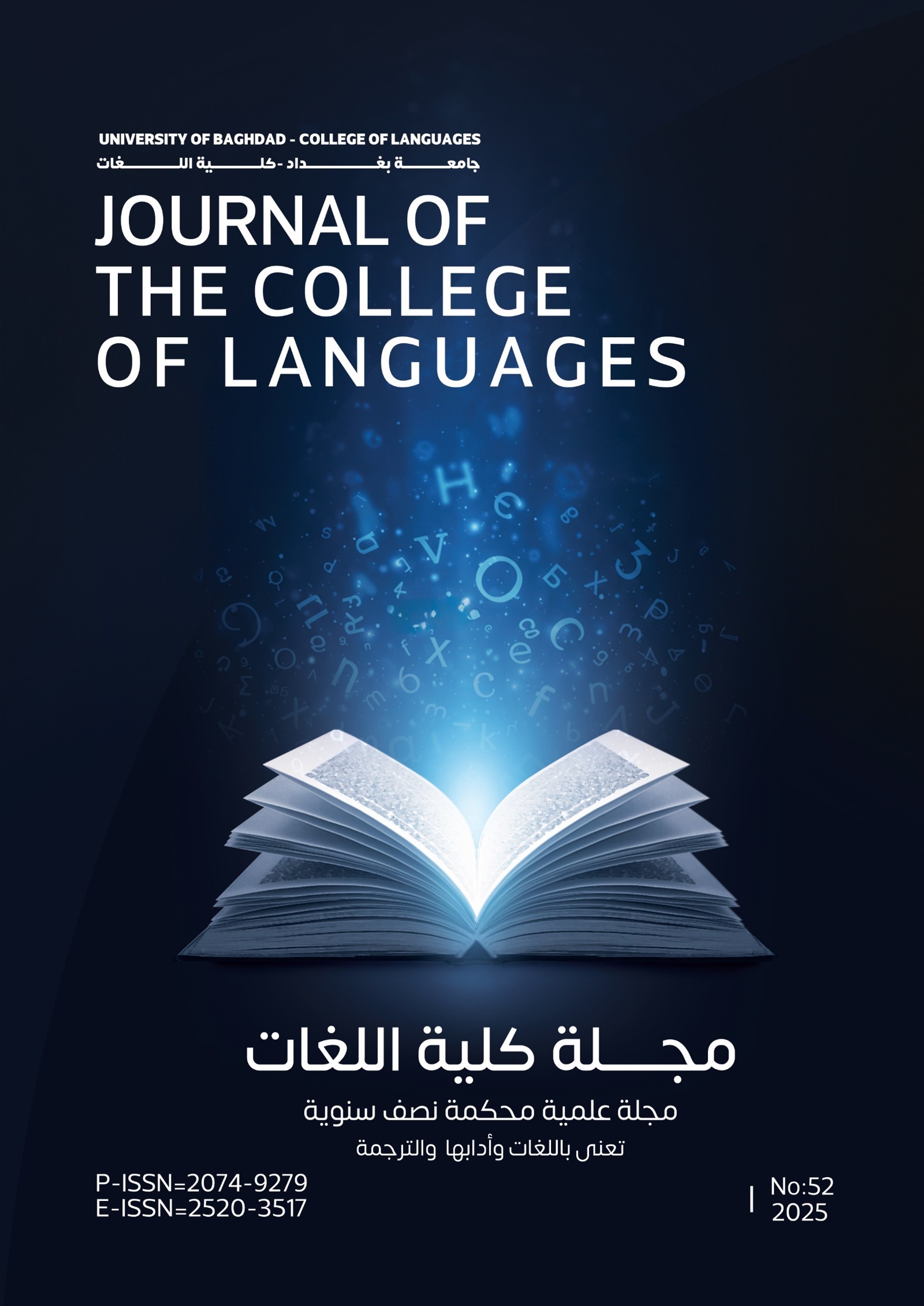Sólo/Solo y la alternancia de sólo/solamente
Abstract
El español es una lengua hablada por una ingente comunidad que abarca varios cientos de millones de personas. Son muchas las palabras con distintos significados que se escriben de similar manera. Hablamos, por ejemplo, de dos de ellas: el adjetivo solo y el adverbio sólo.
En este trabajo se plantea un estudio del adverbio sólo, palabra invariable cuya función consiste en (complementar la significación del verbo) y solo es un adjetivo (califica a un sustantivo).¿Cómo diferenciarlas para evitar errores ortográficos? Así, en estos casos (solo/ sólo), la distinción la da la tilde en la primera vocal. Ésta es la regla ortográfica clave. Solo, cuando es adverbio, se acentúa de forma obligatoria (sólo) si existe ambigüedad o confusión de su significado con el adjetivo solo.
Abstract
In the Spanish language there are several words which contain the Accent, so in order to distinguish two words which are similar in spelling and pronunciation anddifferent in meaning we use the Accent. Our research is about how to use the Accent to distinguish an adjective and an adverb.
According to the (Real Academia) dictionary : in theSpanish language the word only has two grammaticaluses ; it can be used as an adjective (means alone) or as an adverb.Examples :As an adjective : “ she works alone in the house “ working in the house without other’s help. As an adverb : “ working only in the house “ .So as to distinguish between the adverb and the adjective it’s necessary to write the adverb with the Accent, she works alone.The Accent’s place is chosen according to academic bases. According to the Spanish language dictionary Real Academia when this word functions as an adverb it becomes necessary to use the Accent to avoid mistakes.Examples :“ I’ll stay alone for one month “ The adjective is written without an Accent .“ It will be only one month “ adverb (only) .Suzaexplained in his dictionary ( explaining mistakes in the language ) that : it is too difficult to know it and the accent is existed to avoid these mistakes . if we terminate the base and depend on reforming the words (only and alone) .The Real Academia added in 1999 that using the Accent with the adverb is up to the writer, and we agree with the base which explains the use of the accent with the adverb and the adjective in all the references of Real Academia .Examples :Adjective : I live alone in this big palace .Adverb : It’s been raining here only for two days .The answer is only yes or no. To avoid falling in these mistakes of the meaning (not the spelling) when it’s about an adverb or an adjective we use the Accent .It’s obvious that the accent is used with the adverb
Example : this is only one test. Without an Accent .With the adjectiveExample : she is alone
The word only can be replaced with the word alone to be distinguished
We used a number of newspapers to know how the word (only) comes and how to distinguish the adverb and the adjective and the meaning in each sentence, and we could recognize each word according to its meaning and the necessity of its appearance with an Accent or without.







